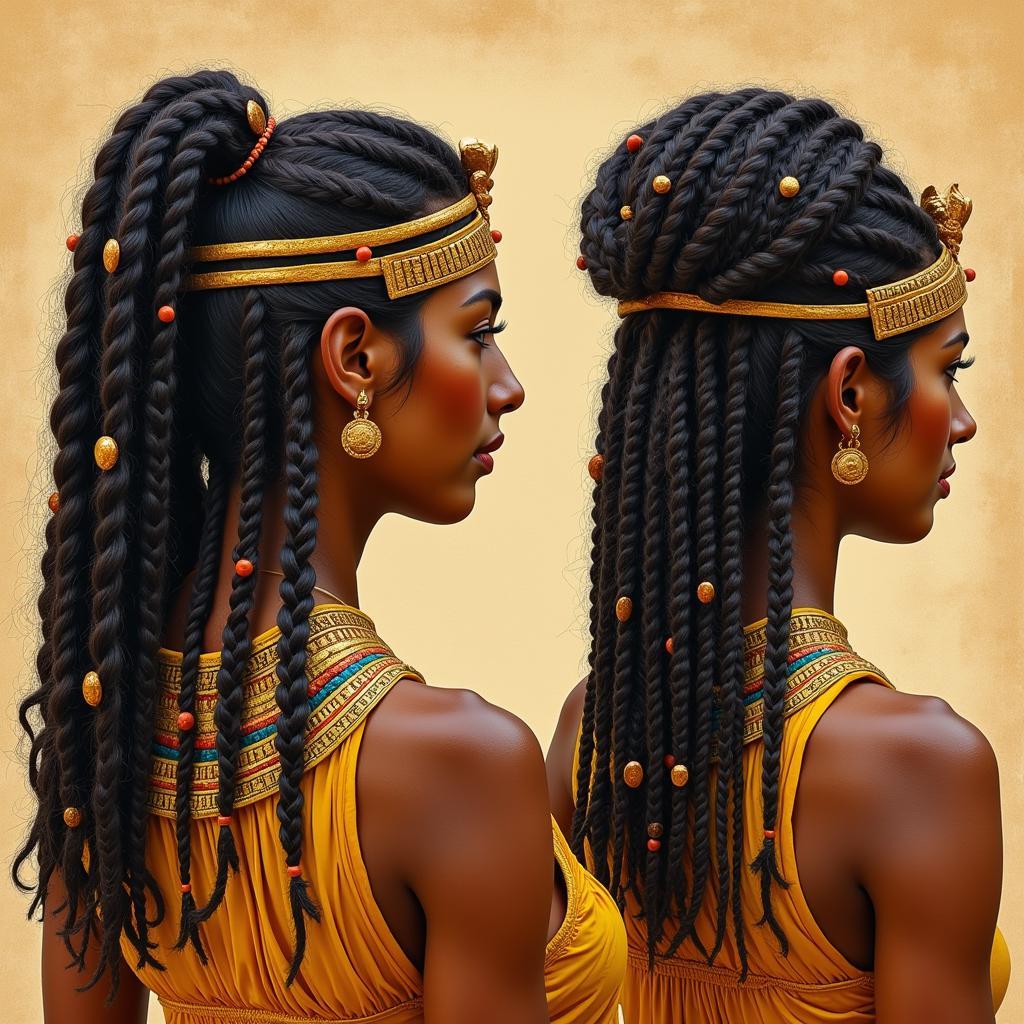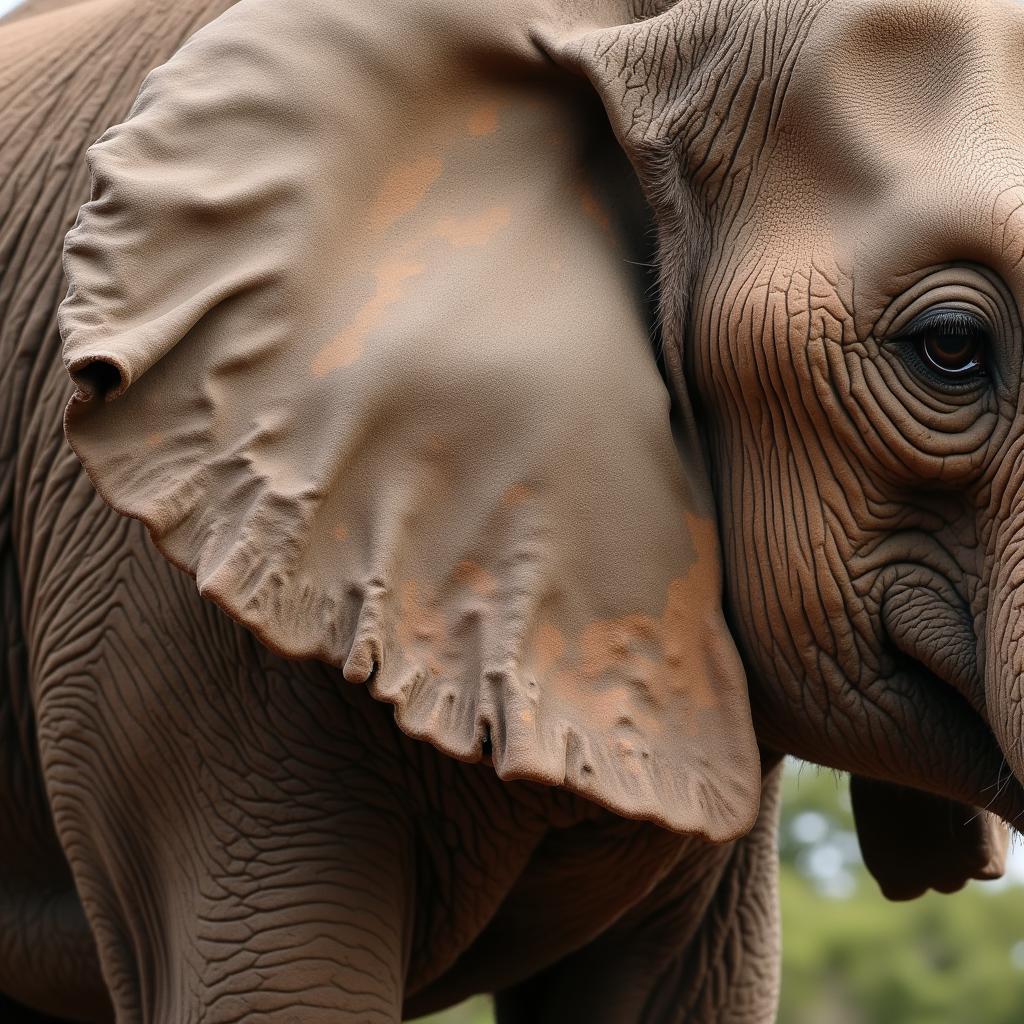African Clothing Styles Tumblr: A Celebration of Prints, Colors, and Heritage
African clothing styles have taken the internet by storm, with Tumblr emerging as a vibrant hub for showcasing the continent’s diverse fashion scene. From bold prints and vibrant colors to intricate embroidery and traditional silhouettes, African clothing styles are as diverse as the continent itself. This exploration delves into the captivating world of African fashion, celebrating its rich history, cultural significance, and undeniable influence on the global fashion landscape.
A Tapestry of Cultures: Exploring Regional Styles
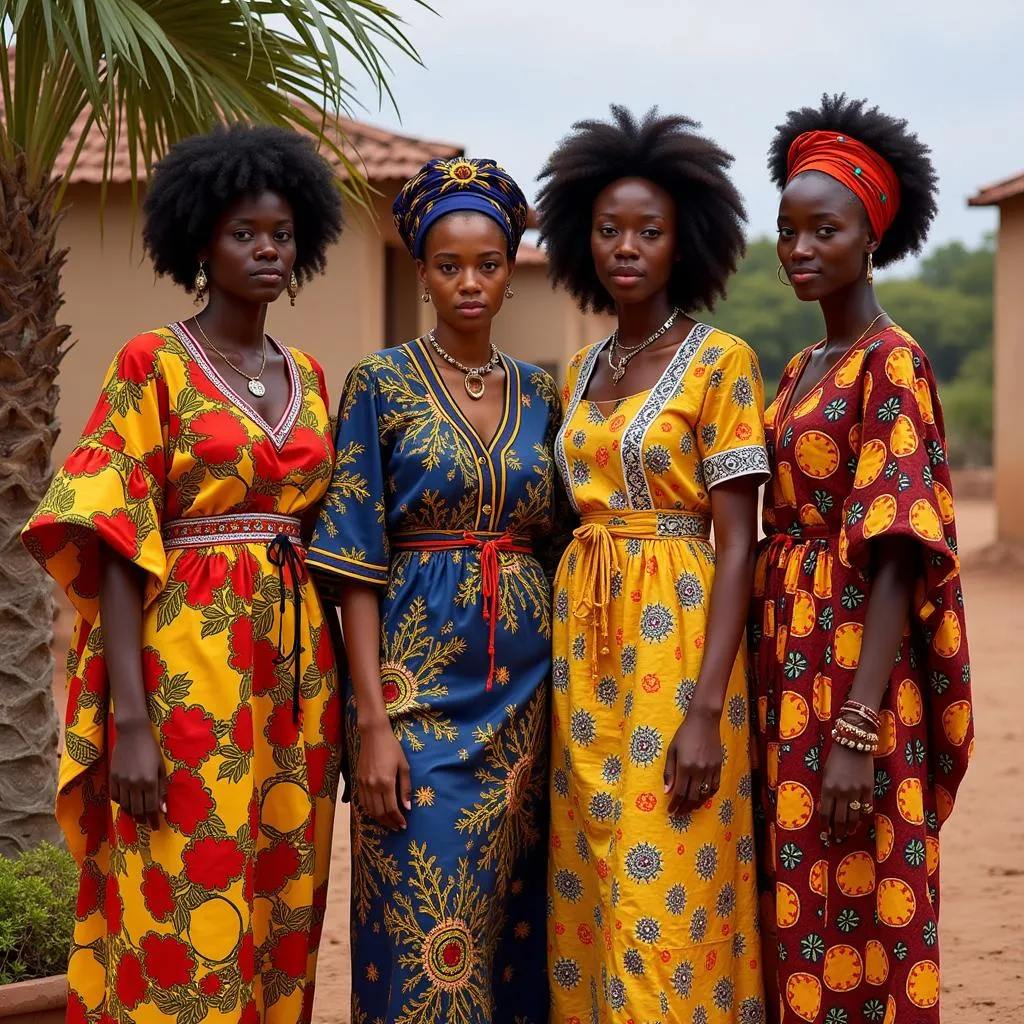 West African Clothing Styles Featuring Vibrant Prints and Patterns
West African Clothing Styles Featuring Vibrant Prints and Patterns
Africa, with its 54 countries and countless ethnic groups, boasts a kaleidoscope of clothing styles. Each region has developed unique fashion traditions, influenced by its history, environment, and cultural beliefs.
- West Africa: Known for its vibrant prints, flowing silhouettes, and elaborate headwraps, West African clothing styles are a celebration of color and pattern. The iconic boubou, a flowing robe worn by both men and women, exemplifies the region’s emphasis on comfort and elegance.
- East Africa: In contrast to the bold prints of West Africa, East Africa leans towards more minimalist aesthetics, often utilizing earthy tones and natural fabrics. The kanga, a rectangular piece of cloth with intricate designs and Swahili proverbs, is a staple in many East African wardrobes.
- Southern Africa: Characterized by a fusion of traditional and modern influences, Southern African clothing styles are as diverse as its people. From the colorful Shweshwe dresses of South Africa to the intricate beadwork of the Himba people of Namibia, this region offers a captivating blend of styles.
- North Africa: Influenced by Arab and Berber traditions, North African clothing often features long, flowing garments, intricate embroidery, and striking jewelry. The djellaba, a long, loose-fitting robe, is a common sight in many North African countries.
Beyond the Garment: The Cultural Significance of African Clothing
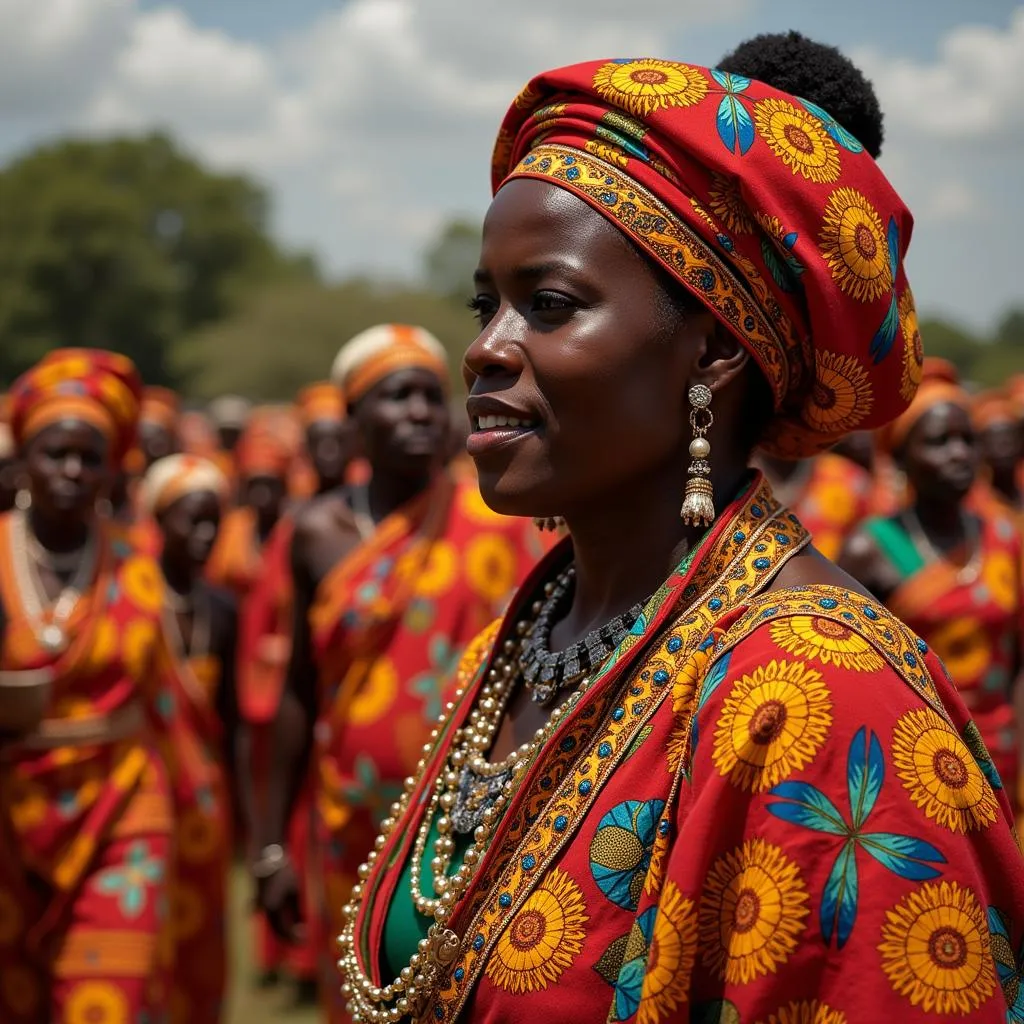 African Clothing Cultural Significance in Ceremonies and Rituals
African Clothing Cultural Significance in Ceremonies and Rituals
In Africa, clothing is more than just a way to cover oneself; it’s an expression of identity, a storyteller of heritage, and a symbol of social standing. Traditional garments often hold deep cultural significance, intricately woven with meanings and stories passed down through generations.
- Color Symbolism: Colors in African clothing often carry symbolic meanings. For instance, red can represent power and vitality, while white signifies purity and spirituality.
- Patterns and Motifs: Intricate patterns and motifs often adorn African clothing, each telling a story or representing a specific clan, tribe, or belief system.
- Jewelry and Adornments: Jewelry, beads, and other adornments play a significant role in African fashion, enhancing the beauty of the garments and often signifying social status or marital status.
African Clothing Styles Tumblr: A Global Fashion Inspiration
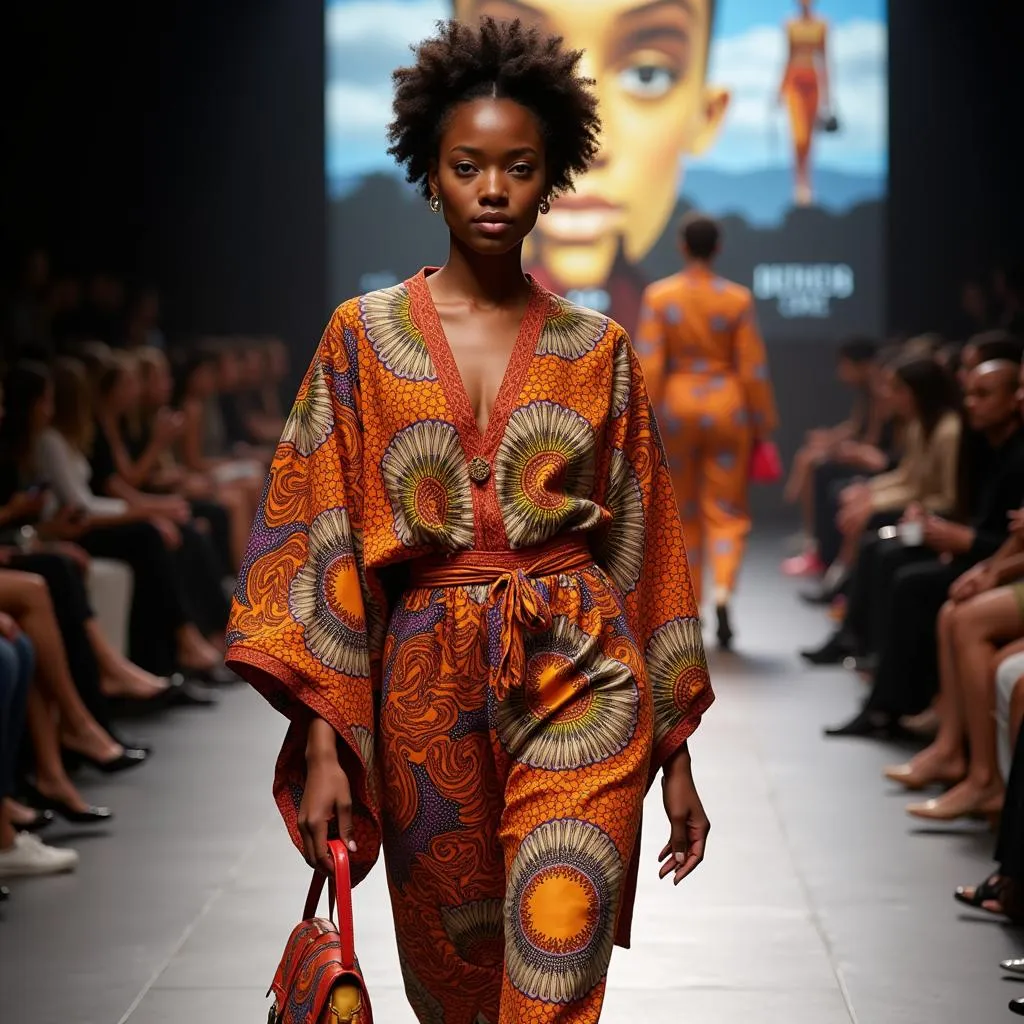 African Fashion as Global Inspiration on Runways and Street Style
African Fashion as Global Inspiration on Runways and Street Style
African clothing styles have transcended geographical boundaries, inspiring designers and fashion enthusiasts worldwide. From high-fashion runways to everyday street style, the influence of African fashion is undeniable.
- Prints and Patterns: Bold African prints, like Ankara and Kente cloth, have found their way onto international runways and into mainstream fashion, adding a vibrant touch to contemporary designs.
- Silhouettes and Shapes: Flowing silhouettes, like those seen in the boubou and the kaftan, have been embraced by global fashion, offering comfort and elegance.
- Accessories and Jewelry: African-inspired accessories, from beaded necklaces and bracelets to colorful headwraps, have become coveted fashion statements worldwide.
African Clothing Styles: A Celebration of Heritage and Style
From the vibrant prints of West Africa to the minimalist elegance of East Africa, African clothing styles offer a captivating blend of tradition, creativity, and cultural significance. As we celebrate the beauty and diversity of African fashion, let’s remember that these garments are not merely pieces of cloth; they are tangible expressions of heritage, artistry, and the enduring spirit of a continent.
